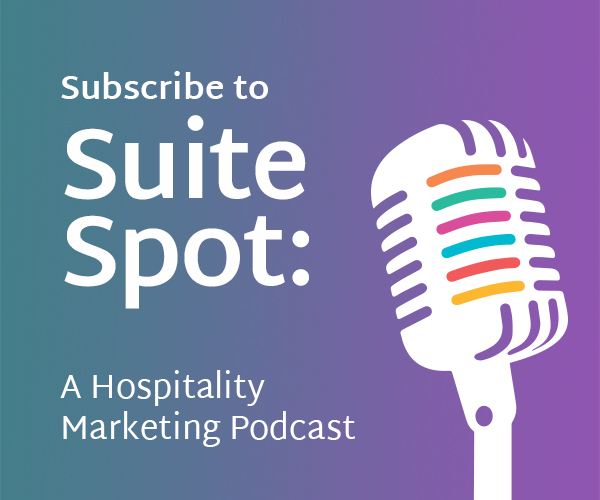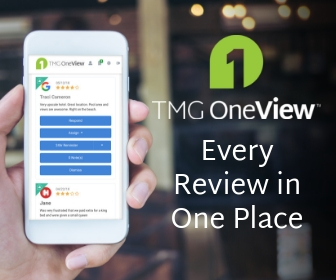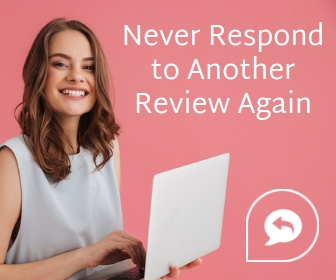How Accessible Images Market Your Hotel

Accessibility is a key component of any business’ digital presence, and following accessibility guidelines and best practices when creating your hotel’s vanity website is one common place to start. The truth is, you can carry accessibility practices over to other areas of your hotel’s online presence. Even something straightforward like a social media post can be expanded upon through adding recommended accessibility components.
Having accessible and inclusive social media posts will help broaden your audience and ensure everyone who comes across your profile can interact with your content. The following tips may even help improve your SEO efforts online, leading to more travelers looking at your hotel.
Why Photo Gallery Captions are Important

One easy way to boost inclusivity is by adding captions to the photos in your gallery on your website. Adding something as simple as a description of the room type, number of beds, or type of amenity shown is enough for a screen reader to find and for every customer to know what content is being displayed in the photo. An important thing to note about photo captions is that they are visible to all users who visit your page, which removes the need for you to add alt text.
Familiar places that hotels have photo galleries that may need updates are on TripAdvisor, Facebook, and their property websites. Depending on what system you’re using on your website, the exact method you need to follow to update or add captions to photos will change. If you’re partnered with us for your vanity website and listing management, you can reach out to us any time for assistance with updating your page to include more photo captions.
How to Caption Your Instagram Posts
A different type of captioning method comes into play when you want to start captioning your social media posts. In general, the captions to your social content should be relatively short, but providing a longer or more descriptive caption can help vary your content length and make some posts more inclusive to various users. On Instagram, you can take advantage of using line breaks to have the image description tucked further down in your caption. Many users will even place the text for the description within brackets prefaced by the letters “ID” for “image description,” a method that has grown to be understood as usage for accessibility components.
Additionally, if you have audio or video content on your social media, displaying visible captions for users who may be hard of hearing can be incredibly beneficial. This is an extra step and takes dedicated time to complete, but the end result is a more inclusive post that can be viewed by anyone, anywhere. At Travel Media Group, we practice this through captioning previews for our podcast episodes, like the sample post below.
Alt Text Best Practices
Alt text can be complicated to understand, but at its simplest, you can think of it like a caption that isn’t visible to the naked eye. Alt text is read by screen readers to describe the visual content of an image. Alt text is also displayed in place of the image in the event the image doesn’t load on your website. It is strongly recommended on every image you upload – the only exception being images that are purely decorative. Once you establish the image’s purpose, there are some additional rules to keep in mind as you add alt text for your images.
1. Alt text captions should be under 125 characters in length.
The idea is to describe the image contents accurately and concisely, especially for users using screen readers. Their screen reader is already reading aloud to them the content of your webpage, and being held up by lengthy image alt text isn’t beneficial or may frustrate the user.
2. Avoid using images as text.
Related to the above point, having too much text in an image negatively affects the viewer, since you should not be including lengthy alt text – no matter how pretty the image is. If you have an advertisement for a specific room package or exclusive deal, try to keep most of the information contained to the body text of your webpage.
3. Include alt text for buttons, too.
You may not consider buttons to be images, however, the purpose for alt text on website buttons is similar for images: to describe the button’s purpose. What you type will depend on whether it’s a search, a booking link, or a link to open a page comparing different room types. This helps users utilizing screen readers know where your links are headed.
4. Use keywords for your website.
One way alt text can help boost your SEO is if you include keywords for your website within your alt text, when applicable. For example, a photo of a family enjoying a hotel room with their dog might have the alt text “family enjoying a pet-friendly hotel room.” These extra usages may help your hotel show up more often for searches about pet-friendly hotel rooms.
5. Describe the image as specifically as possible.
Being specific and succinct is not always easy, especially if you think your image may be too complicated to describe in 125 characters. You want to be mindful of what information is most relevant to the reader in comparison with text surrounding the image (or, if it’s a social media post, the caption). There are a number of ways to add alt text to images, and often there is more than one right answer. This resource from WebAIM contains a comprehensive walkthrough for learning what better alt text looks like.
Boosting your inclusivity through taking an accessibility-minded approach to your marketing images can help bolster your audience and draw the attention of travelers who previously may not have been able to engage with your content online. Our team at TMG is available to help you implement these best practices into your digital marketing strategy. Look through our services to learn more about how we can help you save time and earn more revenue for your hotel.





0 Comments